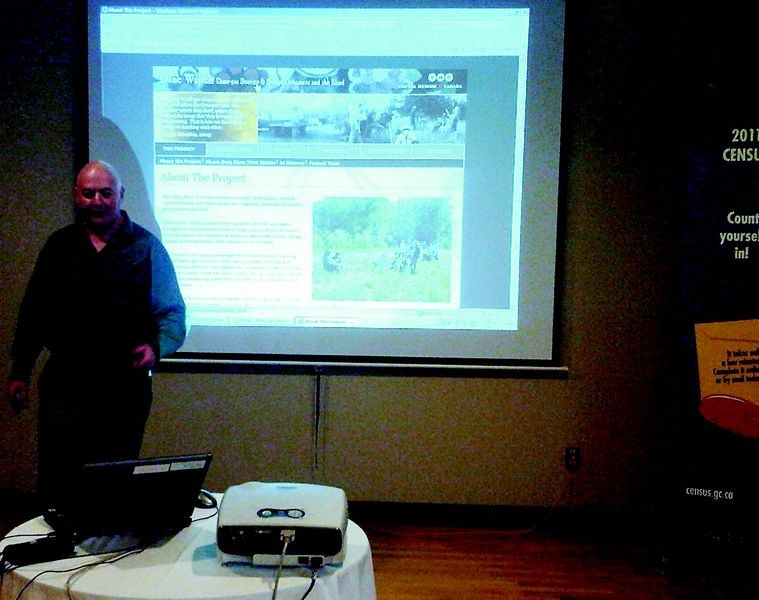Filling out your census form makes you and your community count, said the nation's data agency.
Statistics Canada (StatsCan) was in Prince George on Friday, talking to the community about the importance of everyone getting their data in during the 2011 census. Lise Rivais, the StatsCan boss in Western Canada/Northwest Territories, told The Citizen that new techniques are happening this year to get the most and best information possible so Canada can run more effectively.
"We used to do a lot of television and radio advertising but this time we wanted to be out more on the ground, getting grassroots communication going on," she said. "We will also be using a new 'wave method' of collecting the information this year, so Canadians have the best chance we've ever had to fill out the census information and get it turned in as easily as possible."
The waves come at you in this order...
- sending out the census forms in the mail ;
- sending a reminder 10 days later to those who have not returned the completed forms;
- sending a second census form 10 days after that;
- knocking on the door of those who have still not completed the form, and making personal contact, helping to fill it out in person.
Completing the census is the law.
"Sometimes people procrastinate, and sometimes people just need some assistance," said Rivais, adding that StatsCan gets virtually zero resistance from Canadians on the principle of the census or the questions asked.
Joining the StatsCan team at their Prince George presentation was James Haggerstone, the manager of health information analysis at Northern Health. He volunteered to explain to local people how vital the census data was for all fashion of healthcare delivery.
"We live in a very unique part of the world, and that shows up in our data," he said. "It has a lot to do with allocation of money and resources that provinces and regions and municipalities and health authorities get. I don't know what we would do without the census data, to be honest. It is key to the decisions made in the resourcing of healthcare."
He urged people to go to Northern Health's data portal on the Internet (chip.northernhealth.ca), to see a sweeping array of topics all broken down into statistics, much of it coming from StatsCan information.
On a broader level, said Haggerstone, filling out the census form is one of the most tangible ways Northern B.C. gets represented at the national level.
"We live a certain way, here, and it is unlike any other region in Canada. It is important for others to see how we do it, how we live, and the census helps others get a sense of our landscape, our view of the world. We have a different set of priorities and realities."
Communities depend on census information when planning for new schools, roads, waterworks, public transit, and police and fire services. Town planners use census information on households and families to plan current and future housing needs, health care, and day-care centres.
Population estimates obtained from the census are used to allocate transfer payments from the federal government to the provinces and territories and from the provinces to municipalities.
The census process is underway now. For more information, or to fill out an online survey, go to www.census2011.gc.ca.



